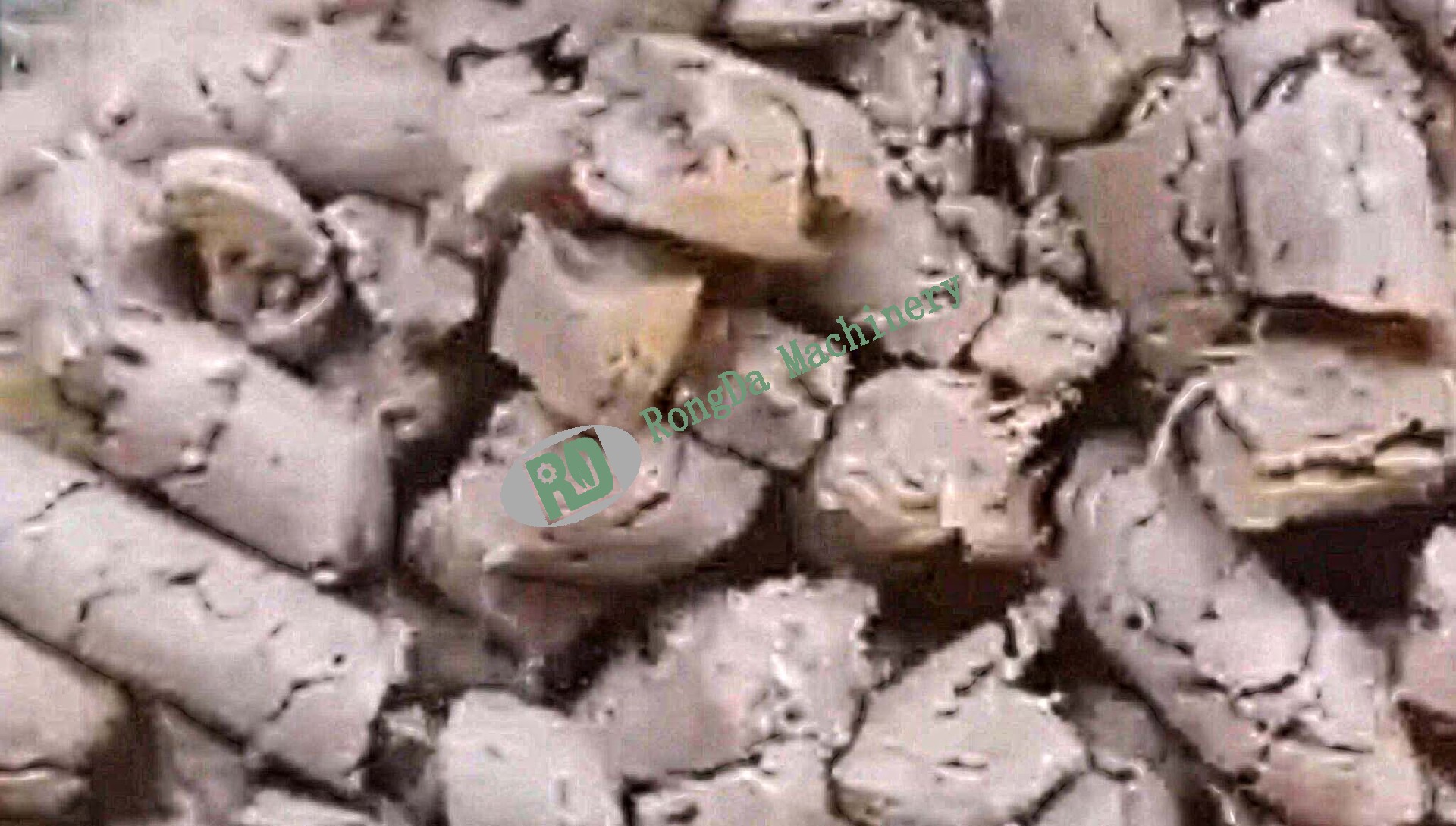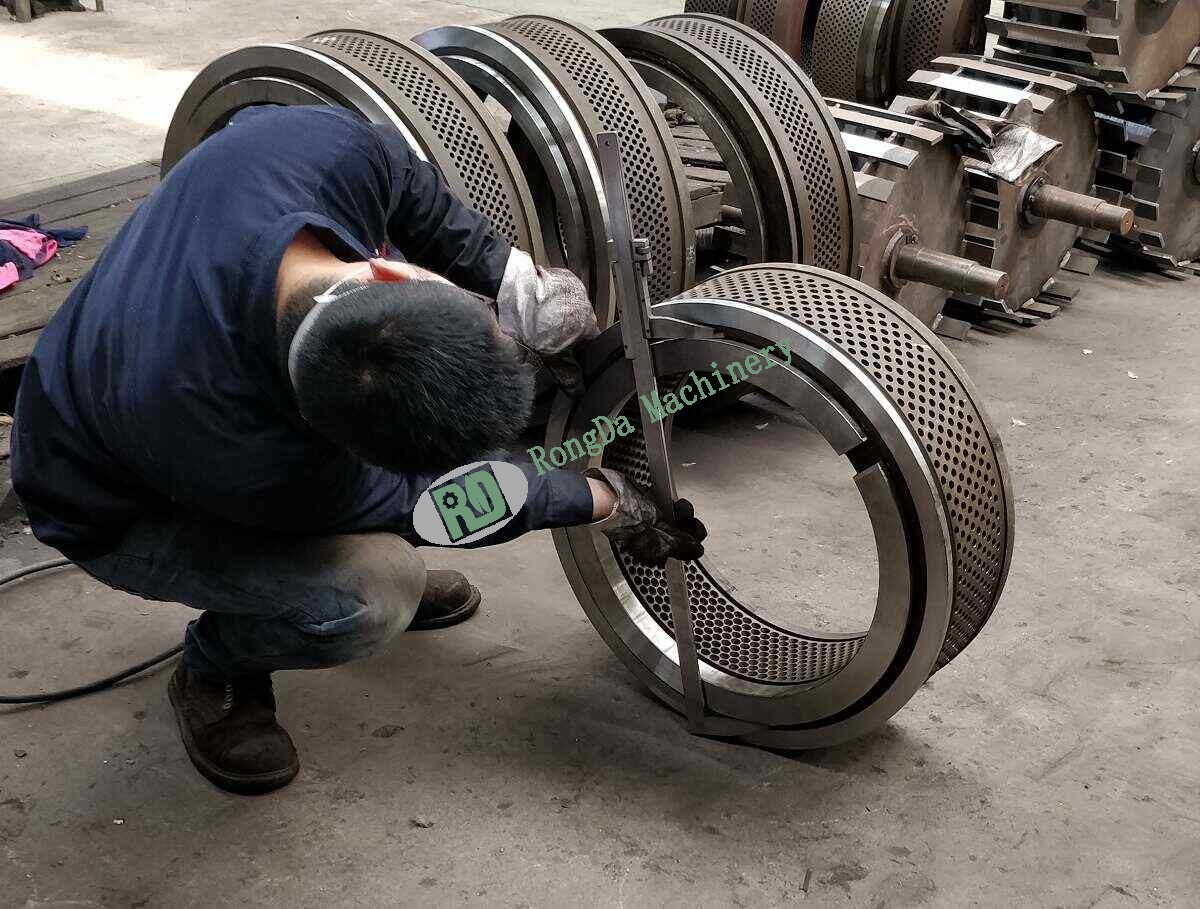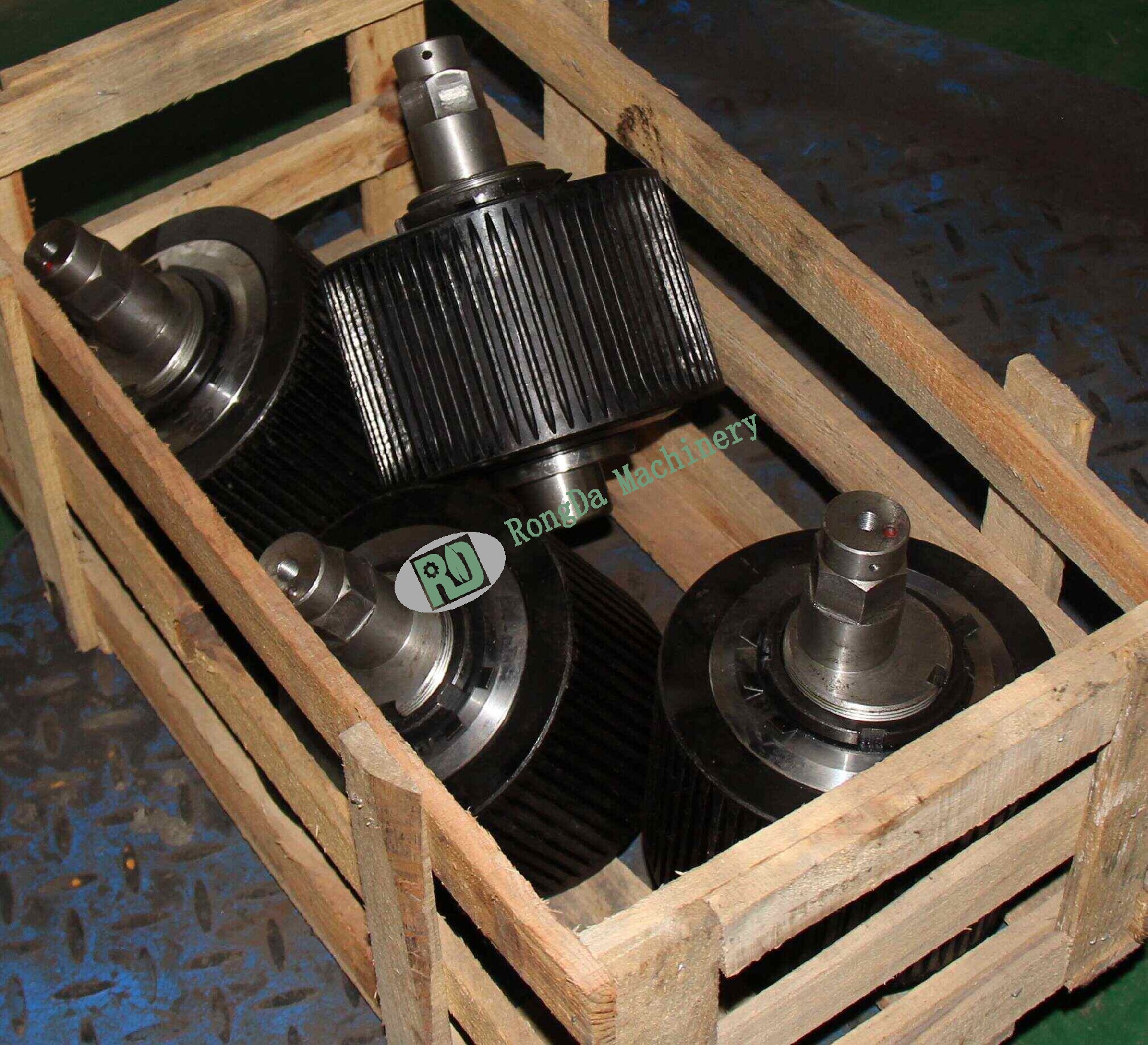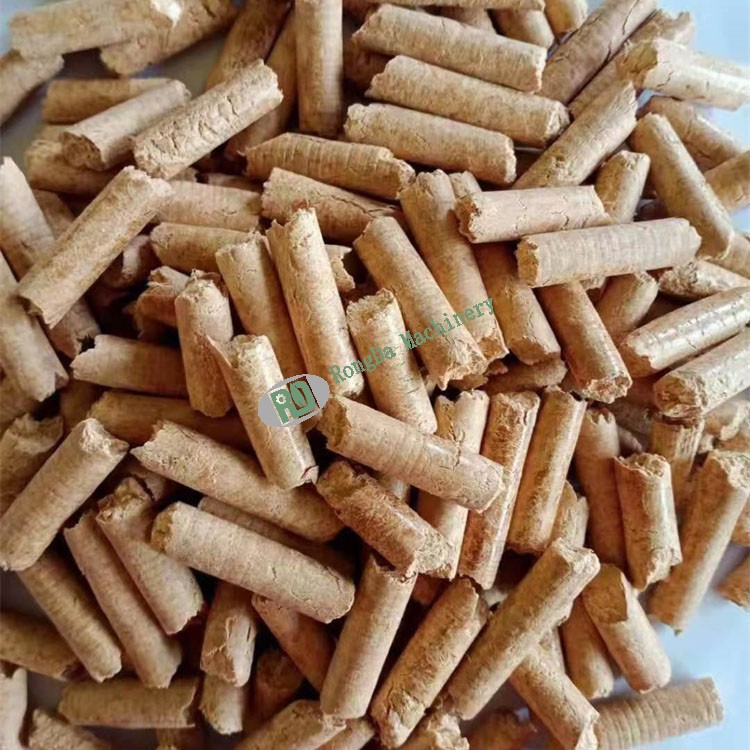Welcome to Rongda Machinery Co., Ltd
Toggle Navigation

If you’ve been dealing with loose, brittle pellets that break apart when you try to stack or transport them, you're not alone. It’s a pretty common issue when using biomass pellet machines or feed pellet machines. At first, everything might look fine – the pellets seem well-formed – but as soon as you handle them, they fall apart. Here's the truth: it's usually not a machine failure, but rather overlooked details in the production process.
Let’s walk through the reasons why this happens, and how you can fix it to get those pellets as strong and stable as they should be.

The moisture content in your raw materials plays a huge role in how the pellets turn out. If there’s too much moisture, the pellets get unstable and may crack when they cool. Too little moisture, on the other hand, means poor bonding, and you end up with loose, fragile pellets. Getting the right moisture balance is crucial to solving this problem.
Biomass Pellets: Aim for 10-15% moisture content. Anything more or less will mess with the pellet compression.
Feed Pellets: You’ll want a slightly higher moisture content, around 13-16%, especially if you're working with fibrous materials that need a little extra moisture to bind together.
Don’t rely on just your experience—use a moisture meter regularly. Precision here is key to preventing those weak, crumbling pellets.
The size and consistency of your raw material grind impact the density and strength of your pellets. Materials that aren't ground evenly make it harder for the pellet machine to compress everything together properly, which can lead to fragile pellets.
Biomass Pellets: Grind your materials to around 4-6mm. This size helps the compression process work more efficiently.
Feed Pellets: Additives like binders or oils can help increase pellet durability, especially if you’re working with high-fiber materials.
So, adjusting your raw material formula and the grind size can make a big difference in the quality of your pellets. This step is often the easiest fix for avoiding that "loose pellet" problem.

The die and rollers are the beating heart of your pellet machine. They’re responsible for compressing your raw materials into pellets. Over time, though, these parts wear down, and when that happens, pellet formation becomes less stable. That means more chances for breakage.
Check these things regularly:
Die holes: Make sure they’re smooth and not clogged or worn down too much.
Roller-to-die gap: This gap should stay between 0.1-0.3mm. If it's too wide, you’ll end up with loose pellets.
Don’t forget to replace any parts that are significantly worn. Keeping your machine in top shape helps keep your pellet quality in check.
Once the pellets are made, they’re hot and soft inside. If you don’t cool them properly, you might end up with pellets that are hard on the outside but soft inside, making them prone to cracking. Plus, uneven moisture distribution during cooling can affect the overall strength and stability of the pellets.


Here’s how to fix that:
Proper airflow: Make sure the cooling system is properly adjusted so that the pellets cool evenly.
Temperature: Aim to reduce the pellet temperature to close to room temperature, but no higher than 5°C before packaging them. This ensures they stay stable and don’t lose moisture.
Controlling the cooling process isn't just about making sure the pellets are cool—it’s about ensuring they’re strong enough to handle transportation and storage.
The way you operate the pellet machine also plays a role in pellet quality. Things like inconsistent feeding speeds or making too many adjustments to machine settings can result in uneven pellet density, which means weak, fragile pellets.
Here’s how to avoid that:
Steady feeding: Keep the feeding speed consistent to ensure even distribution of materials.
Adjust settings for different materials: Not all raw materials behave the same, so tweak your machine settings based on what you're working with to make sure the pellets turn out just right.
The little things matter. Developing good operational habits is crucial for maintaining consistent pellet quality.
Loose, fragile pellets might seem like a small issue, but they actually point to larger problems in your production process. By paying attention to the moisture content, adjusting raw material formulas, keeping your equipment in good shape, and carefully controlling the cooling process, you can make sure your pellets come out strong and durable every time.
By mastering these steps, you'll not only improve the efficiency of your pellet machine but also win more customers with stable, high-quality pellets. Optimizing the process isn’t just about fixing one issue—it’s about creating a consistent, top-notch product every time.